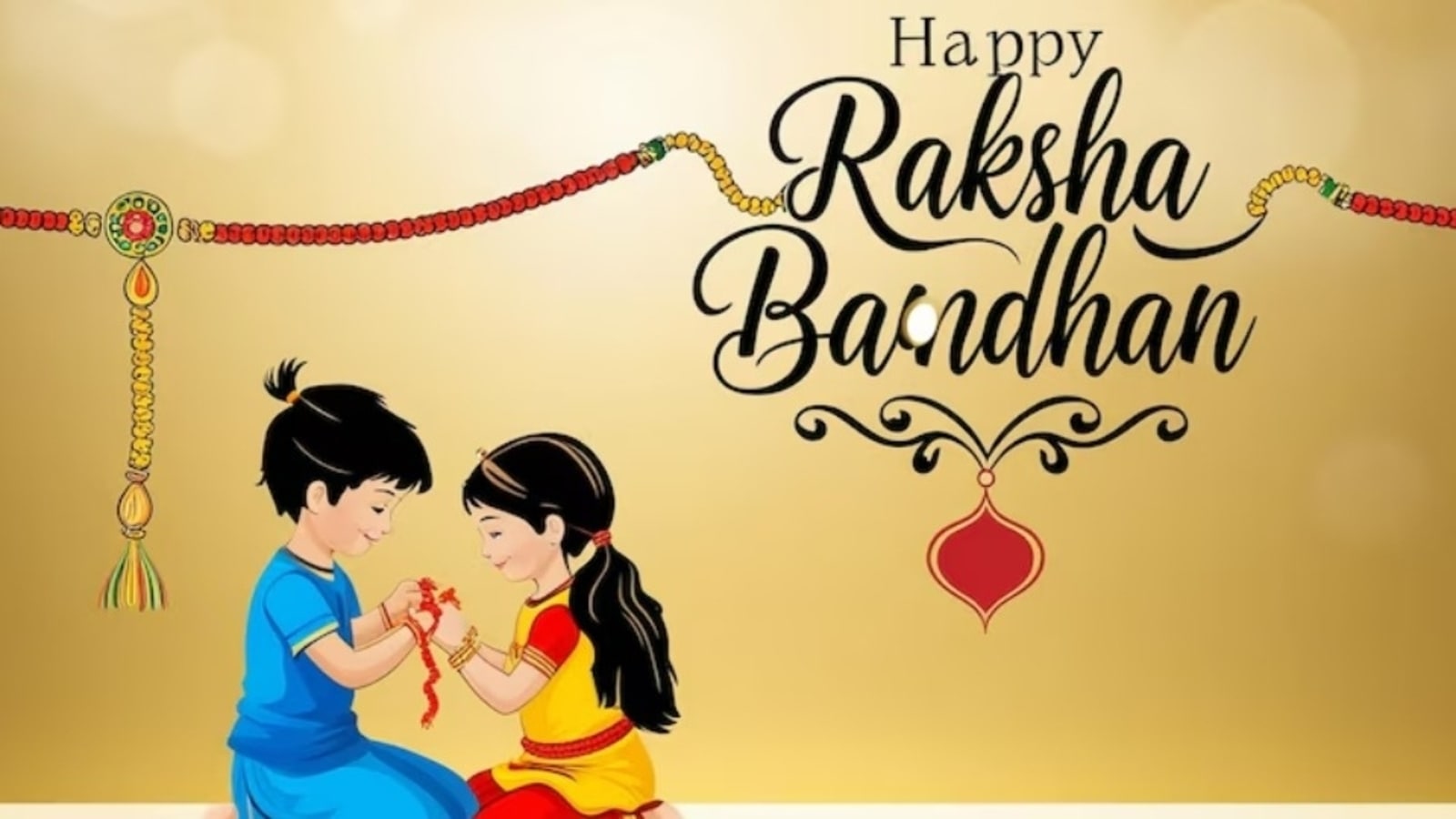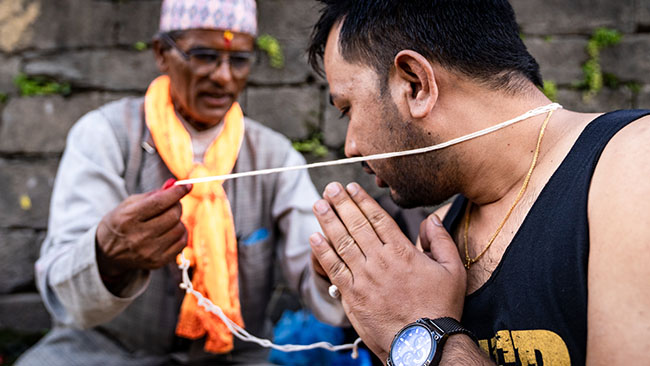Raksha Bandhan in Nepal: A Celebration of Love, Protection, and Bond
Raksha Bandhan, also known as Rakshya Bandhan in Nepal, is a festival that transcends religious and cultural boundaries, embodying the deep bond of love and protection between siblings. Celebrated with great enthusiasm and reverence across Nepal, this festival is not just about the exchange of gifts but a symbolic reaffirmation of the responsibilities and affection shared between brothers and sisters.
Historical and Cultural Significance
Rakshya Bandhan has its roots in ancient Hindu traditions, where the concept of "Raksha" (protection) and "Bandhan" (bond) symbolizes the protective vow a brother takes for his sister. This festival is mentioned in various Hindu scriptures, including the Mahabharata, where Draupadi ties a strip of her sari around Lord Krishna's wrist, signifying a bond of protection that he honors throughout her life.
In Nepal, Rakshya Bandhan is celebrated by people of various ethnic backgrounds and is recognized as a public holiday. The festival usually falls on the full moon day of the month of Shrawan (July-August), also known as Janai Purnima. The day is significant not only for siblings but also for those who wear the "Janai" or sacred thread, marking it as a day of purification and renewal of vows for the Brahmins and Chhetris.
The Rituals and Celebrations
Rakshya Bandhan in Nepal is celebrated with a blend of traditional rituals and modern customs:
1. Tying the Rakhi:
- The main ritual involves the sister tying a Rakhi, a sacred thread, around her brother’s wrist. The Rakhi is often decorated with colorful threads, beads, and sometimes small trinkets. This act symbolizes the sister’s prayer for her brother’s well-being and the brother’s vow to protect her in return.
2. Janai Purnima:
- On this day, men, especially those from Brahmin and Chhetri communities, change their Janai (sacred thread). This thread is worn over the shoulder and signifies their spiritual commitment. Priests perform special rituals in temples, where men and boys gather to renew their vows by changing their Janai. For those who do not wear the Janai, Rakshya Bandhan still holds significance as they tie a sacred thread on their wrist, symbolizing protection.
3. Kwati Khane Din:
- Rakshya Bandhan coincides with the festival of Kwati Khane Din, where a special dish called Kwati, a soup made from nine different types of sprouted beans, is prepared and consumed. This nutritious dish is believed to protect and strengthen the body, especially during the monsoon season, and is enjoyed by families across Nepal.
4. Exchange of Gifts:
- Along with the Rakhi, sisters often give their brothers sweets, and in return, brothers give gifts to their sisters. These gifts can range from traditional items like clothes and jewelry to modern-day gadgets, reflecting the evolving nature of the festival.
5. Family Gatherings:
- Rakshya Bandhan is also an occasion for family reunions. Relatives come together to celebrate, share meals, and reminisce, strengthening family bonds and creating cherished memories.
Modern Celebrations and Adaptations
With time, Rakshya Bandhan in Nepal has seen a blend of traditional and contemporary practices. While the essence of the festival remains unchanged, the ways in which it is celebrated have evolved. Social media and digital platforms now play a role in the celebrations, with siblings who are geographically separated sending e-Rakhis, virtual gifts, and messages of love.
In urban areas, the festival has become more inclusive, with friends and distant relatives also participating in the Rakhi-tying ceremony, broadening the definition of brother-sister relationships.
Conclusion
Rakshya Bandhan in Nepal is more than just a ritual; it is a celebration of the enduring bond between siblings. It is a day that brings families together, reminding everyone of the importance of love, duty, and protection in relationships. Whether through the sacred thread of the Janai or the colorful Rakhi, the festival continues to be a cherished tradition, enriching the cultural tapestry of Nepal with its message of unity and care.




0 Comments